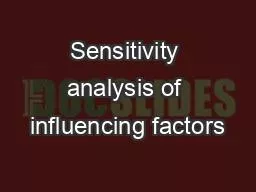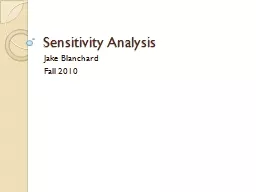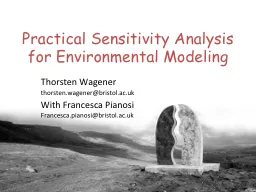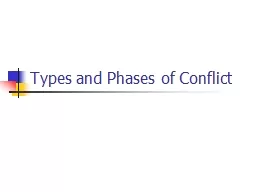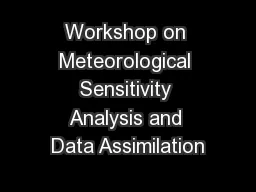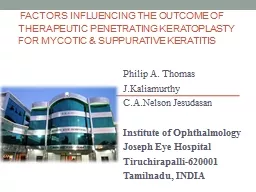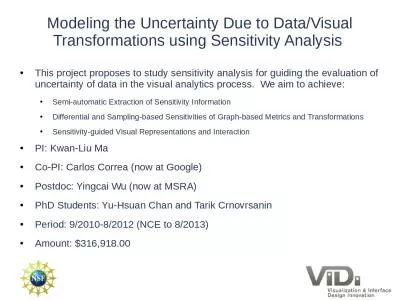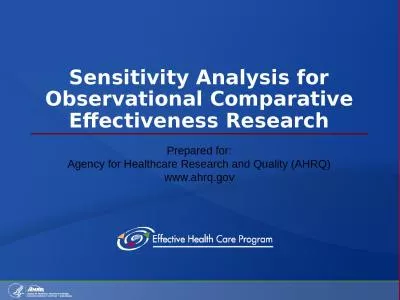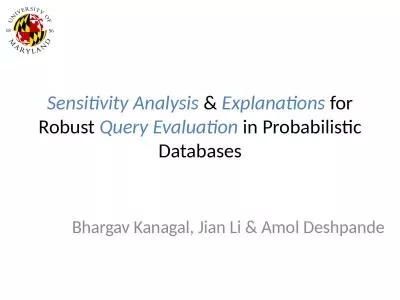PPT-Sensitivity analysis of influencing factors
Author : chiquity | Published Date : 2020-07-03
on PM 25 nitrate simulation the 11 th Annual CMAS Conference October 16 2012 This research was supported by the Environment Research and Technology Development Fund
Presentation Embed Code
Download Presentation
Download Presentation The PPT/PDF document "Sensitivity analysis of influencing fact..." is the property of its rightful owner. Permission is granted to download and print the materials on this website for personal, non-commercial use only, and to display it on your personal computer provided you do not modify the materials and that you retain all copyright notices contained in the materials. By downloading content from our website, you accept the terms of this agreement.
Sensitivity analysis of influencing factors: Transcript
Download Rules Of Document
"Sensitivity analysis of influencing factors"The content belongs to its owner. You may download and print it for personal use, without modification, and keep all copyright notices. By downloading, you agree to these terms.
Related Documents

